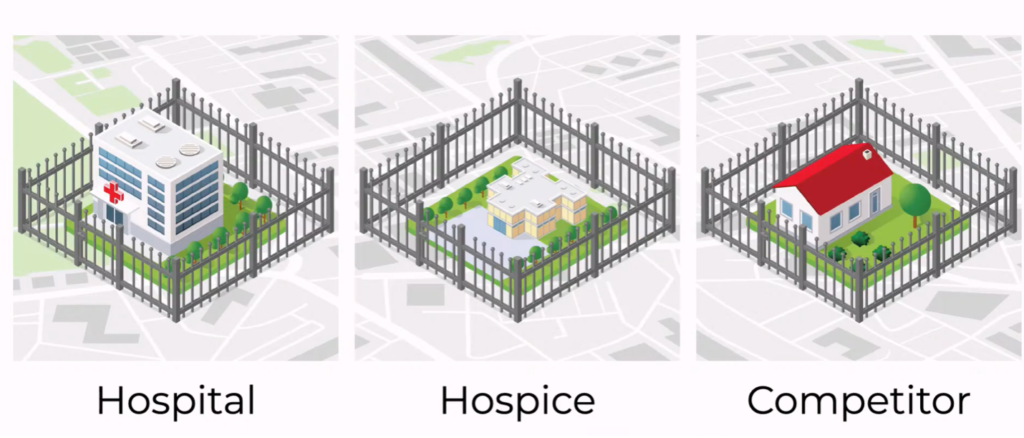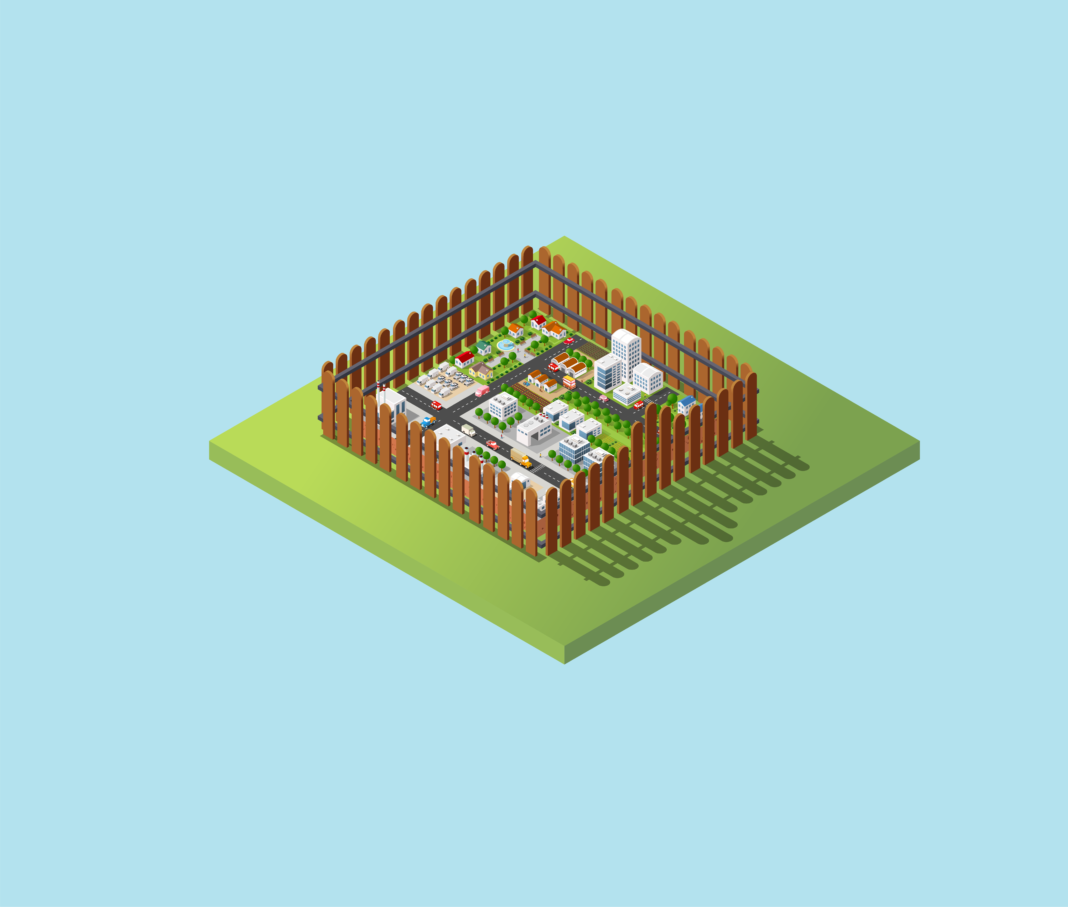By Leader Contributor Jessie Rigney
Many of us are aware that our phones are tracking our every move, following what we search and the photos we’ve liked on social media, but are you aware that advertisers can target you based on your exact location?
Geofencing is an advertising strategy that takes digital marketing to a new level — and it’s a tool funeral directors and crematory operators can use to their advantage.
At MKJ Marketing’s 2021 Summit, Managing Editor of The Leader Courtney Gould Miller shared her expertise on all things digital, including details on how deathcare providers can use geofencing.
In the simplest of terms, a geofence is a virtual or digital fence that surrounds specific geographical areas or locations. Once a consumer enters this “fence,” their phone or laptop IP address is targeted because they’ve entered that facility or location. They’ll begin receiving information from the business that decided this facility was worth fencing.
Geofencing is another way for firms to stay competitive in their markets, as it allows them to specifically choose who sees their ads.

Where Should I Place a Geofence?
Within the deathcare industry, Miller believes firms must be strategic about where they are placing geofences because consumers don’t need funeral services all the time.
“The people going to hospitals, hospice facilities, or even competitors, are in the market or interested in funeral services at a time when they might be experiencing a loss,” she said.
The idea is for consumers to be receptive to this information, and the best time for them to be exposed to an advertisement is when they may need funeral services. It’s also possible to layer this marketing by targeting the specific genders, ages, and races of the people entering these facilities.
Why a Geofence?
When a digital ad is placed by a local newspaper provider, it’s impossible to know who that ad reached. A geofencing ad undoubtedly gets more exposure, which is why it works.
“Your geofence ad is going to show up when a consumer is looking anywhere within the ad network. When a newspaper publication publishes a digital ad, the only people seeing it are the ones going straight to their site. An ad should go onto thousands, if not millions, of sites. Once the consumer enters the geofence, we don’t have to make a bet on where this person is going to go on the internet. Wherever they go on the ad network, they’ll see your ad,” Miller said.
Because geofencing is such new technology, many might wonder why it differs from any other form of digital marketing.
“Not all digital media is the same. There are so many ways to get into it, and until you know the metrics, you don’t know if it works for you or not,” she said.
What Kind of Ad Should I Place?
One of the main purposes of any advertisement is to get a consumer to choose your services over a competitor’s. So, instead of placing a history of service ad, an ad stating one of your largest advantages will quickly capture the attention of the consumer, and ultimately, get them to drop your competitor for your services.








